Unboxing, product images and scope of delivery
The box comes in chic colors and the corporate design. The 12VHPWR connector and PCIe 5.0 compatibility are highlighted on the front panel. The comprehensive package includes an SFX-to-ATX adapter bracket that allows you to install the PSU into a regular ATX case. Velcro straps and cable ties for cable management and two sets of mounting screws are also included.
This is a tiny power plant that can supply up to 1300 W. Its compact size and huge output power result in the highest power density in today’s SFX devices. But: It is a big drawback that it does not have a physical power switch.
The number of cables and connectors is the same as for the V1100 SFX. Besides the 12VHPWR connector, there are three 6+2-pin PCIe connectors on dedicated cables for older GPUs or the latest AMD GPUs. Fortunately, there are no caps in the cables, and the high-current cables (EPS, PCIe) use thicker cables for lower voltage drops.
In tabular form, it reads like this:
| Modular Cables | ||||
| Description | Cable Count | Connector Count (Total) | Gauge | In Cable Capacitors |
|---|---|---|---|---|
| ATX connector 20+4 pin (310mm) | 1 | 1 | 18AWG | No |
| 8-pin EPS12V (450mm) | 1 | 1 | 16AWG | No |
| 4+4 pin EPS12V (450mm) | 1 | 1 | 16AWG | No |
| 6+2 pin PCIe (400mm) | 3 | 3 | 16-18AWG | No |
| 12+4 pin PCIe (400mm) (600W) | 1 | 1 | 16-28AWG | No |
| SATA (100mm+145mm+145mm) | 2 | 8 | 18AWG | No |
| 4-pin Molex (100mm+120mm+120mm) | 1 | 4 | 18AWG | No |
| AC Power Cord (1400mm) – C13 coupler | 1 | 1 | 18AWG | – |
Protection circuits
The OPP is set correctly; the same applies to the OCP under cold conditions. I found that only the 3.3 V rail was well above 130% at high temperatures, which I consider a safe level for high-quality power supplies. I found no SCP at -12 V on the 1100-W model, but on the 1300-W sample, the corresponding protection for this rail worked. I will check this with another sample to see what happens, although the -12V rail is insignificant since it is no longer used.
|
OCP (Cold @ 27°C) |
12V: 131.6A (121.51%), 11.999V |
|
OCP (Hot @ 39°C) |
12V: 126.8A (117.08%), 12.002V |
|
OPP (Cold @ 28°C) |
1603.31W (123.33%) |
|
OPP (Hot @ 40°C) |
1543.29W (118.71%) |
|
OTP |
✓ (162°C @ 12V Heat Sink) |
|
SCP |
12V to Earth: ✓ |
|
PWR_OK |
Accurate but lower than 16ms |
|
NLO |
✓ |
|
SIP |
Surge: MOV |
On the next page we will now go inside, please turn the page!
- 1 - Einführung, technische Daten und Testreport
- 2 - Unboxing, Kabel und Schutzschaltungen
- 3 - Teardown: Topologie, Komponenten, Verarbeitung
- 4 - Load Regulation, Ripple Suppression, Transient Resonse
- 5 - Hold-Up Time, Timings, Inrush-Current
- 6 - Average Efficiency and PF
- 7 - Betriebsgeräusch und Lüfter
- 8 - Zusammenfassung und Fazit















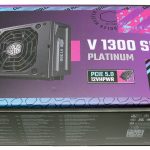
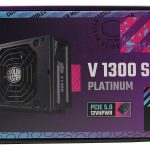
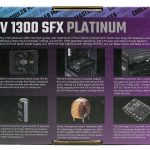
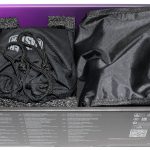
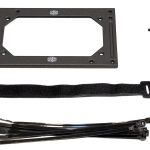
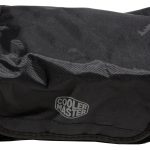
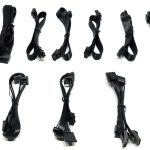
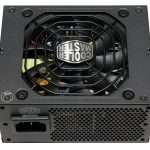
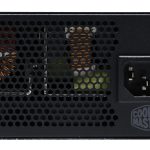
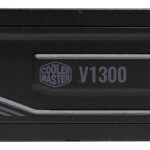
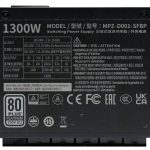
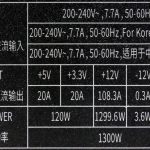
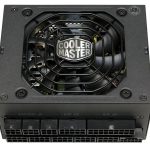
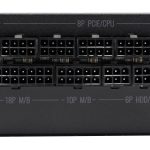
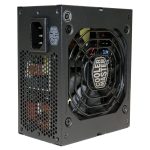
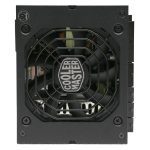

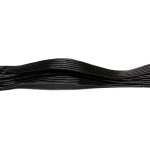
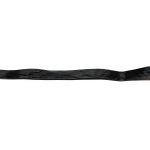
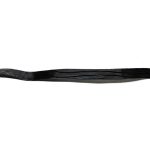
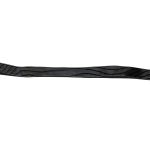
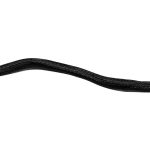
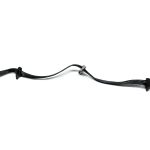
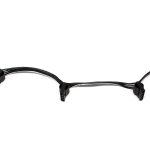

















10 Antworten
Kommentar
Lade neue Kommentare
Veteran
1
Neuling
Urgestein
Veteran
Urgestein
Urgestein
1
Veteran
Veteran
Alle Kommentare lesen unter igor´sLAB Community →